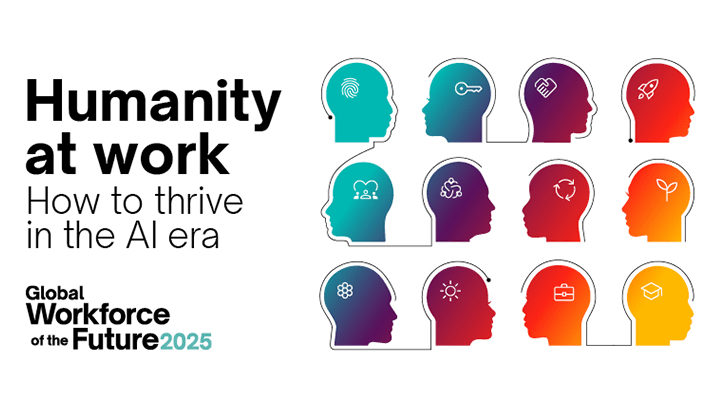For decades, career growth was seen as a vertical climb up the corporate ladder. But today, sideways is the new up. In a rapidly evolving world of work, internal mobility – moving employees across roles within an organisation – is emerging as a powerful lever for both talent development and business agility.
But still, many companies are still playing catch-up. According to the Adecco Group’s Global Workforce of the Future 2024 research:
- 76% of workers believe companies should prioritise positioning internal talent for open roles before hiring externally – up 12 points from 2023.
- Only 9% plan to stay at their company for reskilling – down 7 points since last year.
- Just 52% of business leaders have strategies in place to promote internal mobility.
Why does this matter? Because organisations that enable internal mobility don’t just fill roles – they future-proof their workforce.
From climbing ladders to navigating lattices
The linear path to promotion is a myth. Today’s most forward-thinking companies embrace the career lattice – where lateral moves build broader skills and stronger leaders.
Example: A marketing specialist transitions to product management, gaining valuable insights that fuel strategic leadership down the line.
Key takeaway: Employees who move across functions become more versatile, resilient, and adaptable – hallmarks of a Future-Ready workforce.
Why internal mobility is critical right now
- Closes skill gaps: Rather than chasing scarce external talent, companies can reskill from within.
- Boosts retention: Employees are more likely to stay when they see clear paths for growth.
- Keeps pace with change: As AI and automation reshape work, organisations need agile talent that can evolve with it.
Five ways to build a culture of internal mobility
1. Let go of the “job-for-life” mindset
Holding onto top talent too tightly increases attrition.
Tip : Reward managers who grow talent – even if it means losing them to other departments.
2. Make career paths visible
If employees can’t see their next move, they’ll make one elsewhere.
Tip : Map and share both lateral and vertical opportunities across teams.
3. Upskill for what’s next
Internal mobility only works if people are equipped for new roles.
Tip : Invest in cross-training, mentoring, and job shadowing.
4. Hire with mobility in mind
Too often, internal candidates are overlooked.
Tip : Make it easy – and expected – for internal talent to apply.
5. Use AI to unlock hidden talent
AI can surface internal matches that managers and employees might miss.
Tip : Tools like LHH’s Career Canvas use AI to recommend roles based on skills and aspirations.
Want to see what’s changed in 2025 – and how AI is shaping internal mobility?
Sign up for the Adecco Group’s Global Workforce of the Future 2025 research to uncover what’s driving career movement today – and how you can stay ahead.



